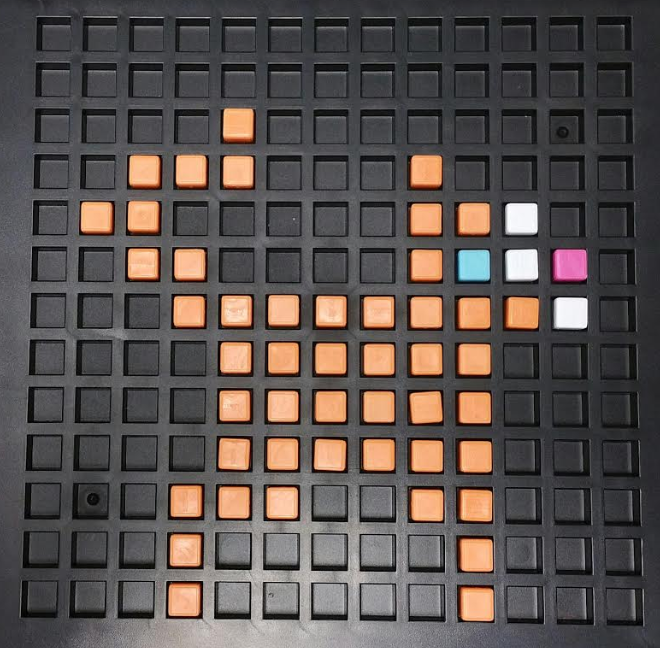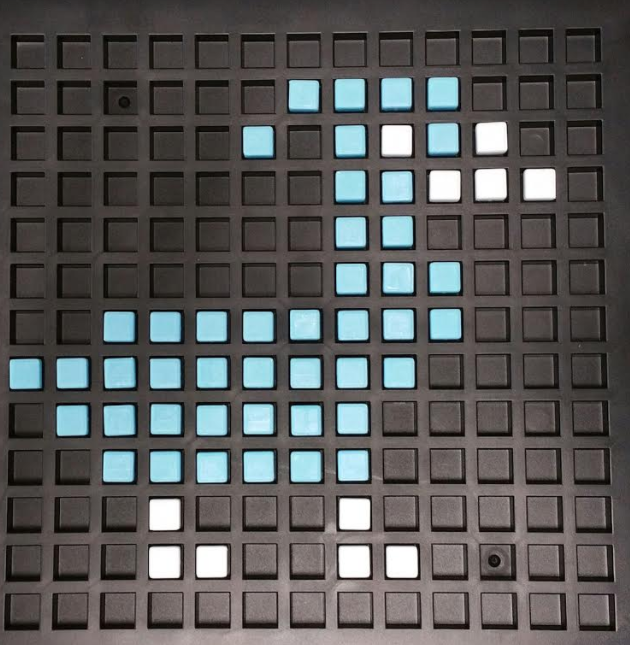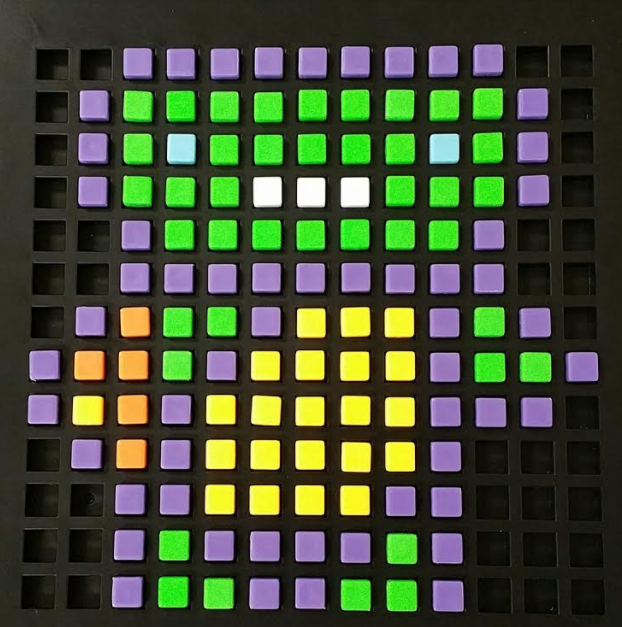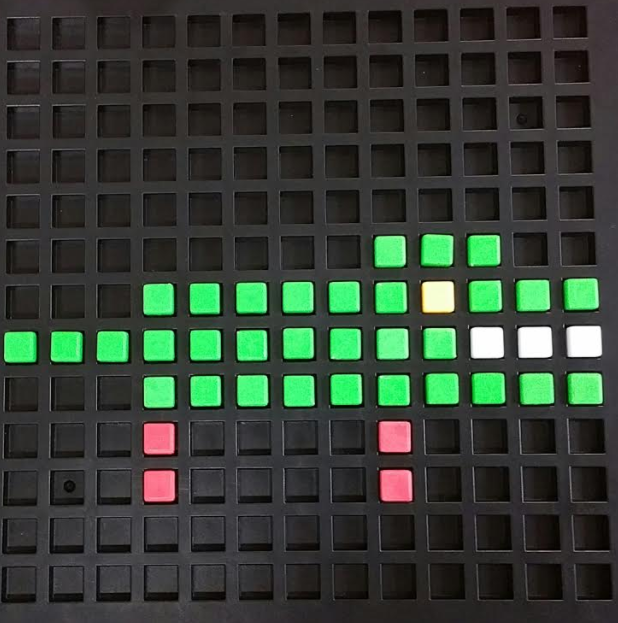We created our own video games to show people
how hard it is to be an endangered species.
Being a voice for the voiceless is crucial in activism because it serves as a means of advocating for and bringing attention to those who may not have the power or platform to speak up for themselves. Here are some key reasons why it is important:
- Amplifying marginalized voices: In societies, certain groups and individuals face systemic marginalization, discrimination, or oppression due to various factors such as race, gender, socio-economic status, or disability. By being a voice for the voiceless, activists can amplify the concerns and experiences of these marginalized communities, raising awareness and fostering empathy among the broader population.
- Addressing power imbalances: Activism often involves challenging power structures and inequalities. Those who hold power and privilege may be oblivious to the struggles faced by marginalized groups. By speaking out on their behalf, activists can draw attention to the power imbalances and advocate for a more equitable society.
- Breaking the cycle of silence: Oppression and marginalization can perpetuate when the voices of those affected are ignored or suppressed. By becoming a voice for the voiceless, activists help break the cycle of silence, encouraging individuals and communities to speak up, share their stories, and assert their rights. This empowers marginalized groups and fosters a sense of agency and collective action.
- Building empathy and solidarity: When activists become voices for the voiceless, they humanize the experiences and struggles of marginalized communities. By sharing stories, promoting understanding, and challenging stereotypes, they help cultivate empathy among the general public. This empathy is essential for building bridges of solidarity and fostering a sense of shared responsibility towards social justice.
- Influencing policy and change: Activism aims to bring about meaningful change in society, and being a voice for the voiceless is instrumental in influencing policy decisions and systemic reforms. By raising awareness and garnering public support, activists can bring issues to the forefront of public discourse, influencing policymakers, and creating pressure for legislative and social changes.
- Upholding human rights: Human rights are universal, and yet they are often violated or disregarded for certain groups. By being a voice for the voiceless, activists uphold the principles of equality, justice, and dignity for all individuals. They advocate for the protection of human rights and work towards creating a more inclusive and just society.
Our Topics |





